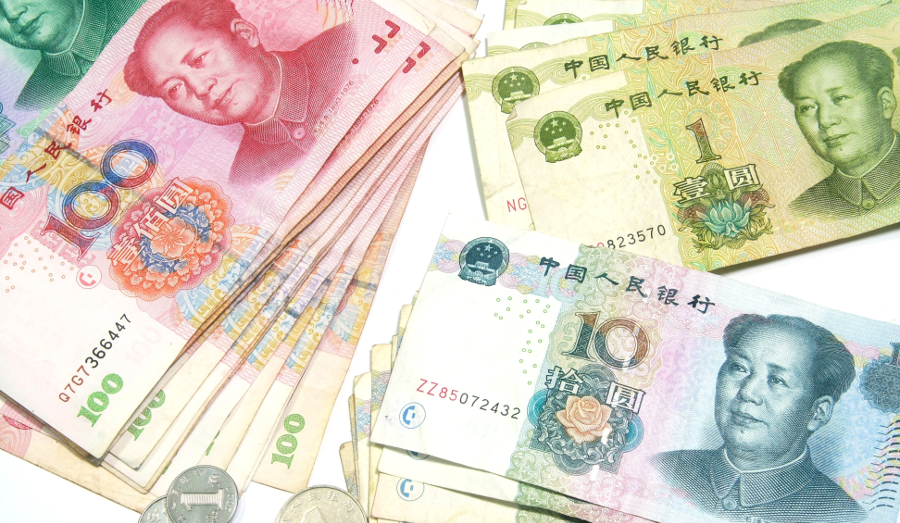In a sign that the Chinese government is really, really unhappy at President Trump’s decision to place tariffs on additional imports from China, the Chinese government is retaliating on more than one front. The major move was China’s devaluation of the yuan, which came as a complete surprise to most market actors. That action by the Chinese government sent the yuan soaring to above 7 yuan to the dollar, a barrier that no one though would be breached.
That surprise devaluation sent the Dow Jones plummeting 767 points on Monday, adding to last week’s abysmal performance. Continued currency devaluation could completely undermine the effects of Trump’s tariffs. With a 10% tariff increasing the price of Chinese goods and currency devaluation making them cheaper, the two cancel each other out. The devaluation was thus a shot across the bow: continue to increase tariffs and we’ll continue to devalue our currency.
The other move China made was to cut off all purchases of US agricultural products, with the possibility of enacting tariffs on future purchases of all US farm products. This follows what had been an effort by the Chinese government to warm up the frosty trade relationship by allowing purchases of soybeans and other US agricultural products in a gesture of goodwill. But Trump’s tariff move put an end to that.
It remains to be seen what other moves China might try to make. Further devaluation can only go so far before other countries start to take issue with China too, especially now that the Trump administration has named China a currency manipulator, something it had been unwilling to do for years. One thing is for certain, the trade war will not come to an end anytime soon.
Rather than doing anything to get the two sides closer together, both sides seem to have no problem antagonizing each other. Trump is only too happy to snub China when he feels that it will bring the Chinese back to the negotiating table, believing that the Chinese have more to lose than the US does. And the Chinese are more than happy to wait until 2020 or later, content to let the US bleed by a thousand cuts. Of course, that’s of no help to American consumers who continue to watch as their cost of living increases as more and more tariffs take effect.
This article was originally posted on Red Tea News.





